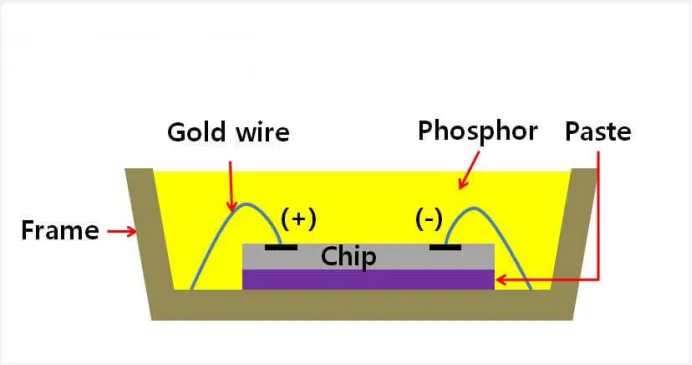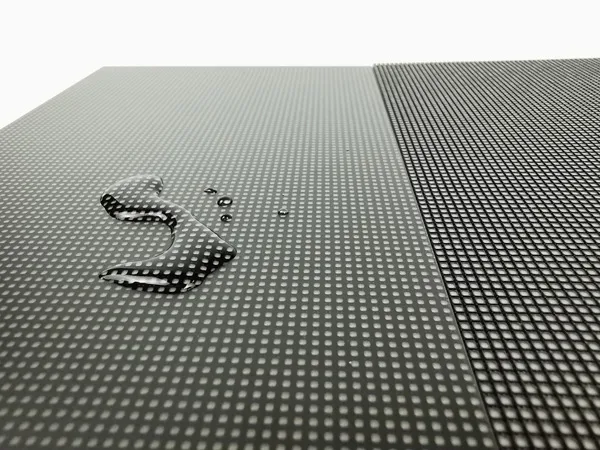
COB, GOB, MIP, MICR and OLED display options.
In the fast-evolving landscape of display technology, the market is flooded with acronyms like COB, GOB, MIP, MICR, and OLED, each representing a unique approach to visual excellence. Understanding the differences and applications of these technologies is crucial for making informed decisions in various industries. In this article, we’ll delve into the distinctive features of COB, GOB, MIP, MICR, and OLED displays, exploring their technological nuances and practical applications.
Navigating the Display Technology Maze
In the realm of LED screens, the acronyms COB (Chip on Board), GOB (Glass on Board), MIP (MicroLED in Package), MICR (Micro Crystal), and OLED (Organic Light-Emitting Diode) are making waves. Each of these technologies has its unique strengths and applications, catering to diverse needs in industries ranging from consumer electronics to healthcare and beyond.

COB Displays: Bridging the Gap with Integrated Chips
COB, or Chip on Board, displays stand out for their compact design and integrated circuitry. The technology involves mounting semiconductor chips directly onto the PCB, eliminating the need for traditional packaging. This results in a more compact and cost-effective solution with enhanced durability, making COB displays ideal for applications where space is a premium.

GOB Displays: The Glass Advantage
In contrast, GOB, or Glass on Board, displays focus on leveraging the properties of glass substrates. This technology involves directly attaching the display components to a glass substrate, offering improved protection against environmental factors and enhancing display resilience. GOB displays find applications in outdoor signage and environments where durability is paramount.

MIP Displays: Shining a Spotlight on MicroLED
MIP, or MicroLED in Package, displays represent the cutting edge of display technology. This approach involves using microscopic LEDs to create individual pixels, delivering unparalleled brightness and contrast. MIP displays are increasingly popular in high-end TVs and large-format displays, providing a visual feast for the most discerning viewers.

MICR Displays: Micro Crystals for Macro Impact
MICR, or Micro Crystal, displays harness the power of tiny crystals to create vibrant and energy-efficient visuals. The use of micro crystals allows for precise control over color reproduction and brightness. MICR displays are finding applications in medical imaging and other fields where accurate visual representation is critical.

OLED Displays: Illuminating the Future with Organic Light
OLED, or Organic Light-Emitting Diode, displays are known for their ability to emit light without the need for a backlight. This results in vibrant colors, deep blacks, and superior contrast ratios. OLED displays are widely used in smartphones, TVs, and wearable devices, offering a sleek and energy-efficient solution.

Comparative Analysis: Choosing the Right Display for Your Needs
When choosing between COB, GOB, MIP, MICR, and OLED displays, it’s essential to consider factors such as application, environment, and budget. COB displays excel in compact spaces, GOB displays offer durability, MIP displays provide top-tier visual performance, MICR displays focus on color accuracy, while OLED displays stand out for their energy efficiency and vibrant colors.
